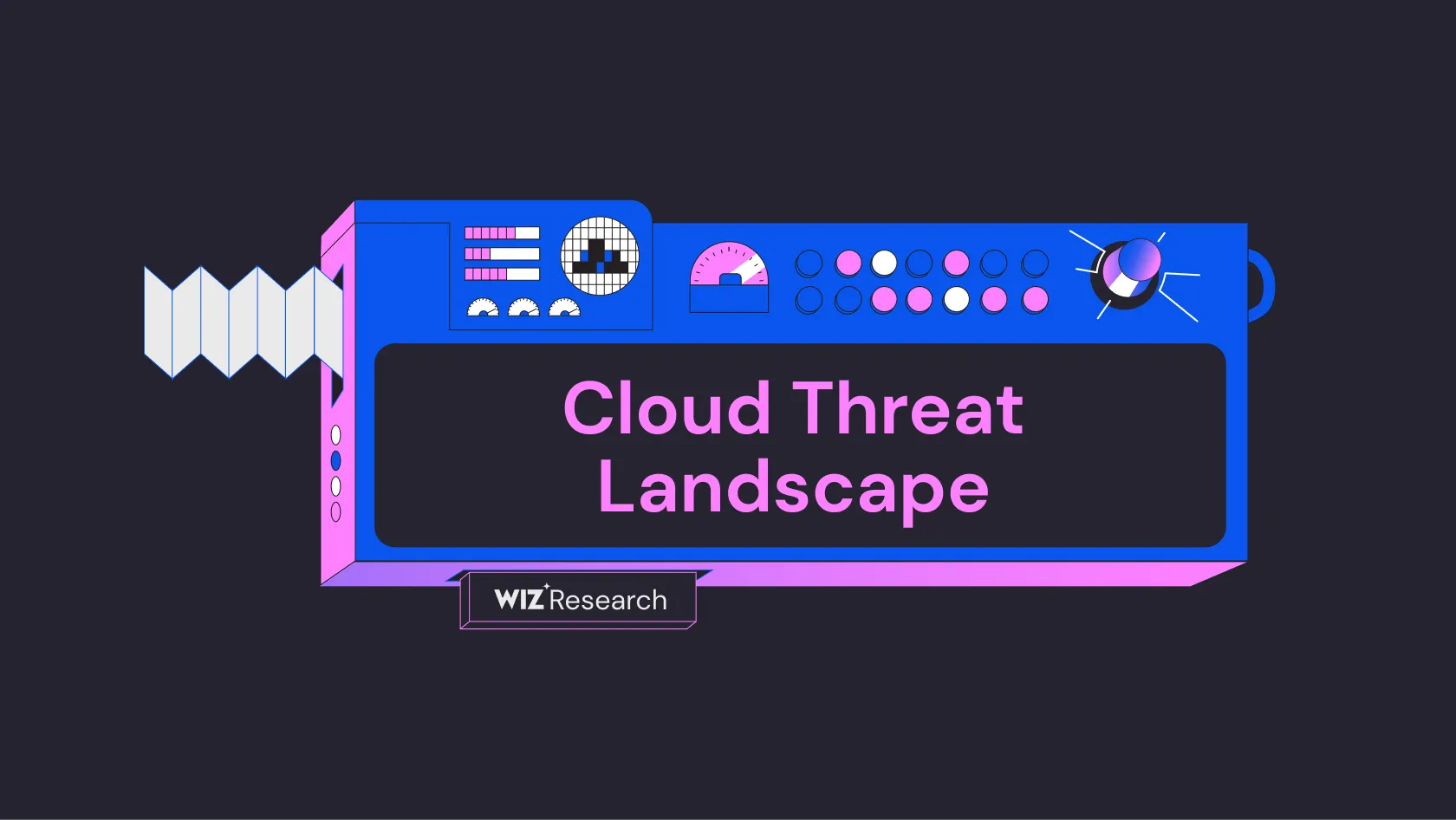
Cloud Vulnerability DB
An open project to list all known cloud vulnerabilities and Cloud Service Provider security issues
Microsoft Exchange Server has been identified with a spoofing vulnerability (CVE-2024-49040) affecting versions 2016 and 2019. The vulnerability was disclosed on November 12, 2024, and allows attackers to forge legitimate sender addresses on incoming emails. This security flaw specifically involves improper verification of the P2 FROM header during email transport, which permits non-RFC 5322 compliant headers to pass through and be displayed as legitimate by email clients such as Microsoft Outlook (Microsoft Community, Microsoft Learn).
The vulnerability has been assigned a CVSS v3.1 base score of 7.5 (HIGH) with the vector string CVSS:3.1/AV:N/AC:L/PR:N/UI:N/S:U/C:N/I:H/A:N. The flaw stems from the current implementation of the P2 FROM header verification in the transport layer, which incorrectly processes non-RFC 5322 compliant headers. Microsoft has classified this as a spoofing vulnerability under CWE-451 (User Interface Misrepresentation of Critical Information) (NVD).
The vulnerability enables attackers to conduct spoofing attacks by making malicious messages appear trustworthy to recipients. When successfully exploited, it allows attackers to forge legitimate sender addresses on incoming emails, potentially leading to successful phishing attacks and compromised email communications (Microsoft Learn).
Microsoft has released security updates as part of the November 2024 Security Update to address this vulnerability. The patch includes a new feature that can detect and flag email messages containing potentially malicious patterns in the P2 FROM header. The solution automatically prepends a disclaimer to suspicious messages and adds an X-MS-Exchange-P2FromRegexMatch header. Organizations can also implement Exchange Transport Rules (ETR) to detect these headers and take specific actions. The patches are available for Exchange Server 2016 Cumulative Update 23, Exchange Server 2019 Cumulative Update 14, and Exchange Server 2019 Cumulative Update 13 (Microsoft Learn).
Source: This report was generated using AI
Free Vulnerability Assessment
Evaluate your cloud security practices across 9 security domains to benchmark your risk level and identify gaps in your defenses.

An open project to list all known cloud vulnerabilities and Cloud Service Provider security issues

A comprehensive threat intelligence database of cloud security incidents, actors, tools and techniques

A step-by-step framework for modeling and improving SaaS and PaaS tenant isolation
Get a personalized demo
“Best User Experience I have ever seen, provides full visibility to cloud workloads.”
“Wiz provides a single pane of glass to see what is going on in our cloud environments.”
“We know that if Wiz identifies something as critical, it actually is.”